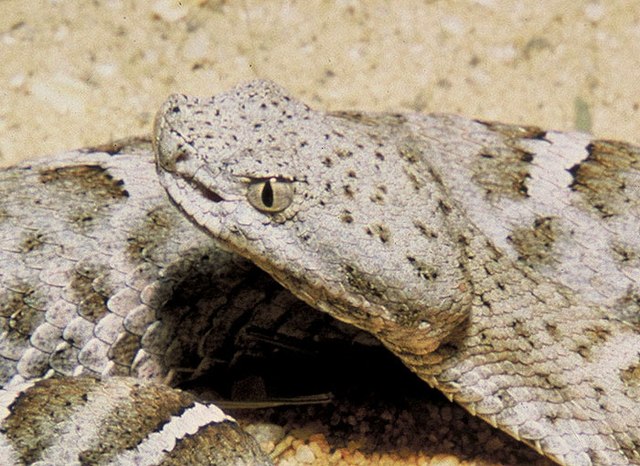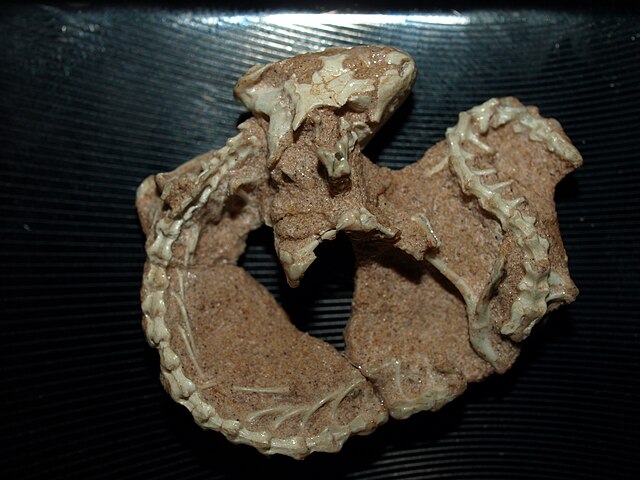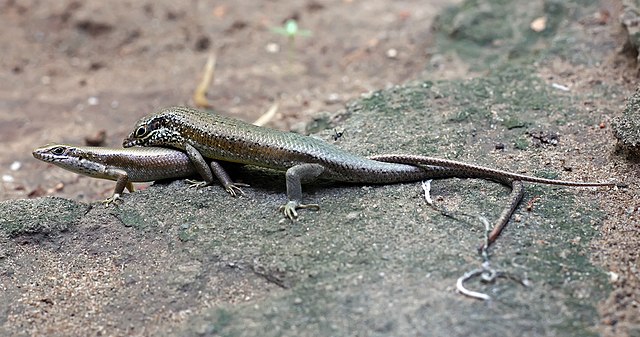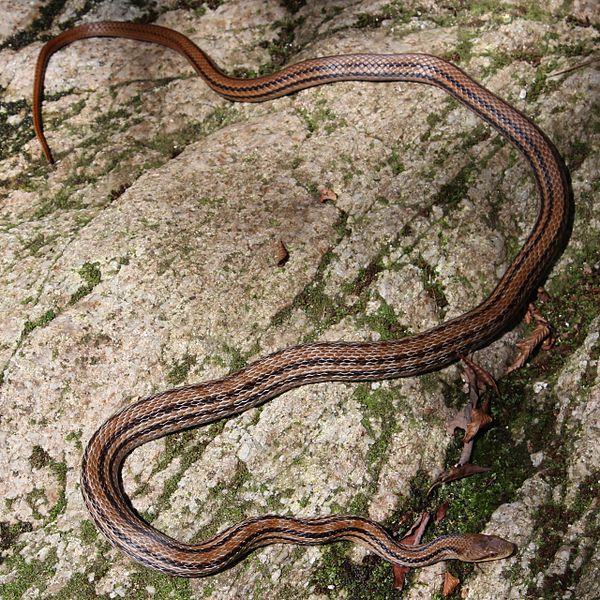Toxicofera is a proposed clade of scaled reptiles (squamates) that includes the Serpentes (snakes), Anguimorpha and Iguania. Toxicofera contains about 4,600 species, of extant Squamata. It encompasses all venomous reptile species, as well as numerous related non-venomous species. There is little morphological evidence to support this grouping; however, it has been recovered by all molecular analyses as of 2012.
Toxicofera
Squamata is the largest order of reptiles, comprising lizards and snakes. With over 11,500 species, it is also the second-largest order of extant (living) vertebrates, after the perciform fish. Squamates are distinguished by their skins, which bear horny scales or shields, and must periodically engage in molting. They also possess movable quadrate bones, making possible movement of the upper jaw relative to the neurocranium. This is particularly visible in snakes, which are able to open their mouths very wide to accommodate comparatively large prey. Squamates are the most variably sized living reptiles, ranging from the 16 mm (0.63 in) dwarf gecko to the 6.5 m (21 ft) reticulated python. The now-extinct mosasaurs reached lengths over 14 m (46 ft).
Squamata
The holotype of Slavoia darevskii, a fossil squamate
Trachylepis maculilabris skinks mating
The Japanese striped snake has been studied in sexual selection.





